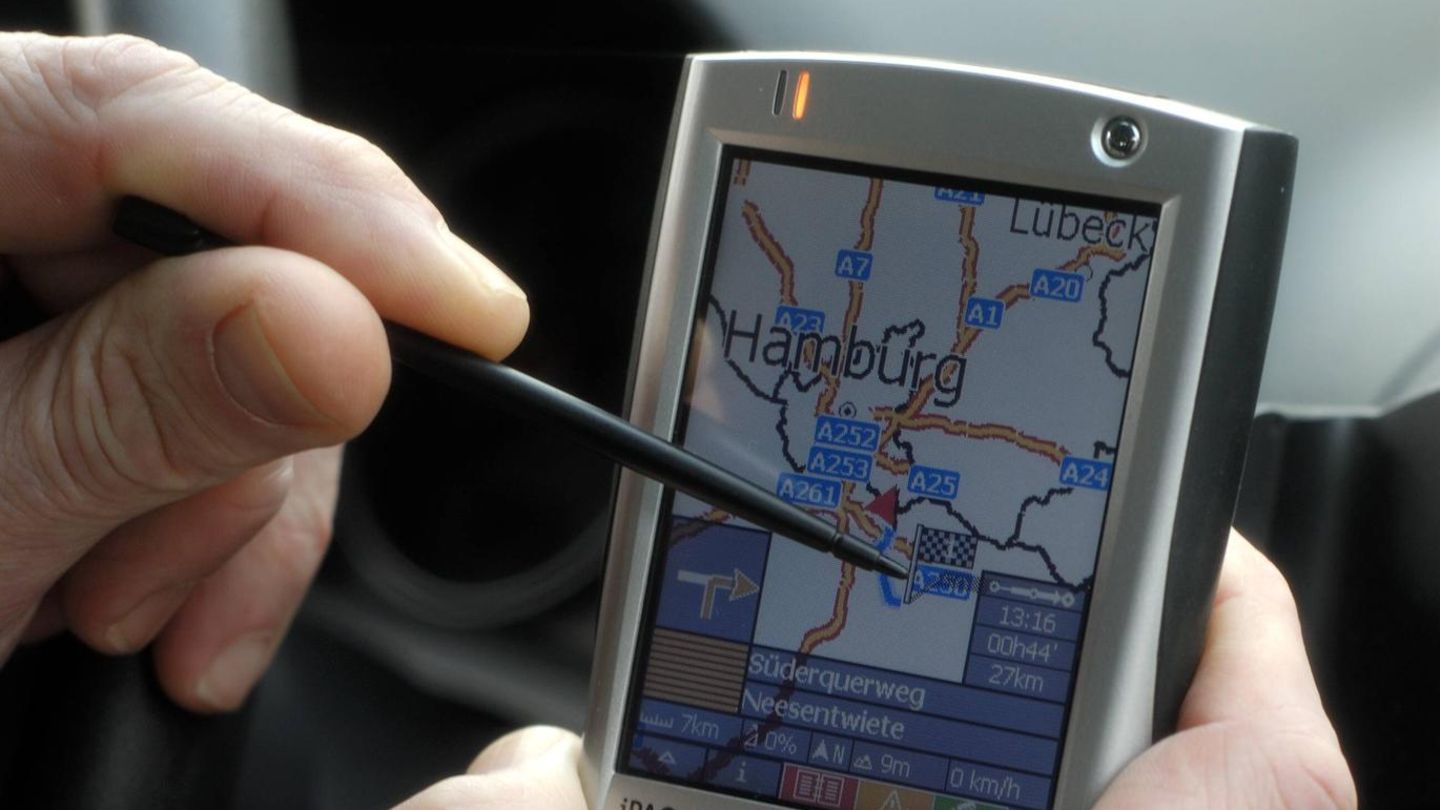Opinion
Many drivers believe that anyone who relies on navigation devices is embarking on a journey of error. But the systems that are annoying today were once high-tech. How the small, clunky things came to decline.
“Why are car sat navs so incredibly crap?”, “Are car sat navs/GPS so bad everywhere?”, “Why does the sat nav lead you in the wrong direction?”: In German internet forums, many drivers curse their navigation devices. The general consensus is that anyone who still relies on mobile sat navs is stuck in traffic jams and going astray.
The anger on the internet is also confirmed on the road: only six percent of German drivers use their navigation system continuously, according to a representative survey in 2021. Seven percent are even constantly offline and always leave the navigation device switched off.
Why are sat navs so bad?
Navigation devices used to be high-tech
If you want to understand why we use Google Maps today instead of mobile navigation systems, you have to know the history of the devices. In fact, modern satellite-based GPS systems have their origins in the military sector.
During World War II, researchers began developing a radio wave-based navigation system called Long Range Navigation (LORAN). This system was further refined in the 1950s and 1960s.
navigation
Smartphone versus sat nav: Which device gets us to our destination better?
However, the development of navigation devices for the general public only began with the introduction of the Global Positioning System (GPS). The US Department of Defense launched the first satellite fleet in 1978, which remains the basis for GPS today. Originally developed for military purposes, GPS was released for civilian use in the 1980s.
Smartphones are replacing sat navs
However, it was not until the late 1990s and early 2000s that consumer-oriented GPS navigation devices became commercially available. A major breakthrough came in 2000, when the US military switched off the artificial degradation of the GPS signal (“Selective Availability”), thereby improving the accuracy of GPS by leaps and bounds.
One of the first manufacturers of GPS navigation systems was the Dutch company TomTom, which introduced its first portable all-in-one GPS device, the TomTom Go, in 2004. Other companies such as Garmin and Magellan followed. For almost a decade, they were constant companions of many drivers – until the triumph of the smartphone at the end of the 2000s.
Today, apps like Google Maps have eliminated the bulky GPS devices from cars. The detailed turn-by-turn navigation on our phones makes specialized GPS navigation devices largely unnecessary for everyday use.
Difficult market
The manufacturers have also realized this. TomTom, for example, launched an app in 2009 that called its original product into question. However, it could no longer keep up with the power of Google Maps and Apple Maps, the two most popular navigation apps. The result: demand for sat navs fell steadily and manufacturers had to admit that investing in the products was no longer worthwhile. The industry’s innovative power fell and so did the problems.
Mobile navigation devices are battling tough competition from built-in navigation systems and smartphones. In the long run, they are likely to lose this battle, as their need is already low today. New mobile navigation devices are trying to adapt to smartphones by incorporating features such as voice control, SIM card slots for faster searches, and Bluetooth and smartphone connectivity.
But this looks more like a desperate attempt to stay alive that will not be successful. Instead of investing in a mobile navigation device, it might make more sense to buy a smartphone holder for the car.
Sources:,
Source: Stern
I’m a recent graduate of the University of Missouri with a degree in journalism. I started working as a news reporter for 24 Hours World about two years ago, and I’ve been writing articles ever since. My main focus is automotive news, but I’ve also written about politics, lifestyle, and entertainment.




